Where to Visit the Real Jurassic World After You See the Film
The movie’s filming locations and inspiration offer lush vegetation, stunning views and plenty of sharks
Dinosaurs stalk the land of Isla Nublar in Michael Crichton’s original Jurassic Park. Now, although Crichton died in 2008, the Jurassic World sequel powers on, with new dinosaurs roaming the same island. Fans of the film can’t see ancient reptiles roam Nublar, of course, but they can visit what might be the next best thing: the island said to have inspired the place, and the stunning locations where Isla Nublar scenes were filmed.
Cocos Island, an island west of Costa Rica in the Pacific Ocean, was likely the inspiration for Isla Nublar. As a filmmaker who visited Cocos while producing an IMAX film puts it, “Cocos Island looks and feels like Jurassic Park.”
Unesco has designated Cocos a World Heritage site, and notes that it's the “first point of contact with the northern equatorial counter-current.” That position in the water, combined with the surrounding marine ecosystem, make Cocos an ideal laboratory to study biological processes.
Sound familiar?
At Cocos Island National Park, there are no scientists breeding Indominus rex, the new dino that terrorizes Jurassic Word. But humans have unleashed non-native species there, including pigs, which certainly ties into the film’s theme of what goes wrong when we disrupt an ecosystem. Still, the most exciting creatures to see on Cocos are much bigger than pigs. According to Unesco, divers rate it one of the best places in the world to view large open-sea creatures such as sharks, rays, tuna and bottlenose dolphins.
“Vast migrations of hammerhead shark, and white-tip shark and fish pass close to the island,” the organization notes, and there are also many whale shark and manta ray in surrounding waters. Whale sharks, the world’s largest species of fish, can grow up to 42 feet long and weigh more than 20 tons—about ten times as heavy as a car. But, luckily for those who want to go diving off Cocos, these sharks eat plankton, algae and krill—not people—and apparently make lovely underwater companions.
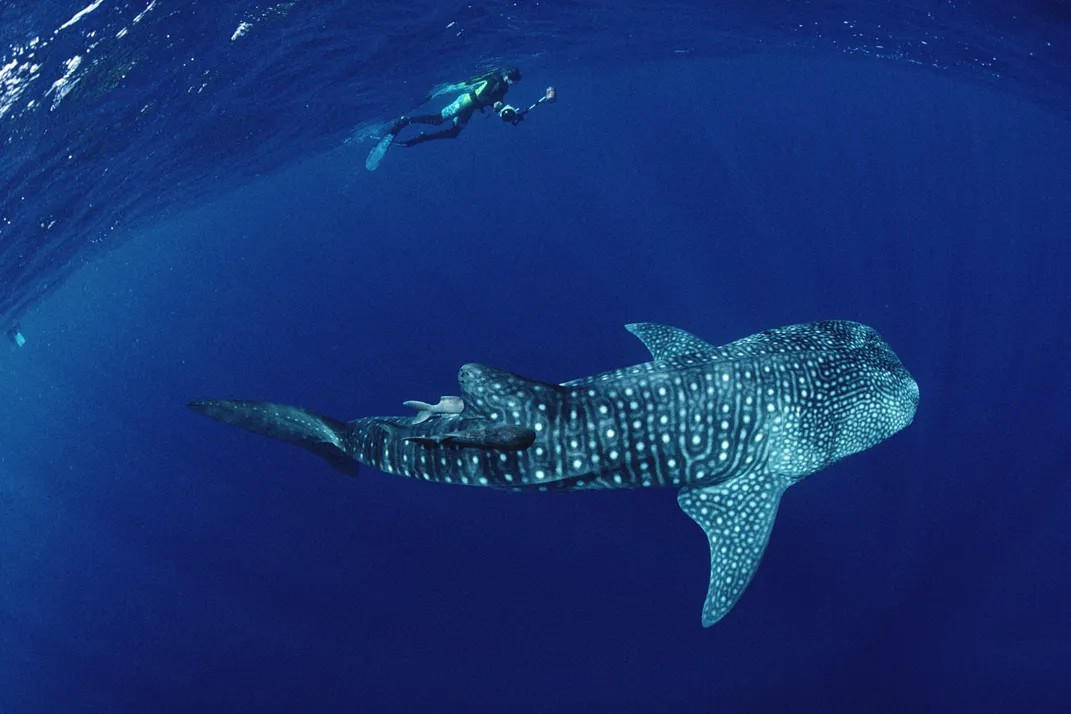
Getting to Cocos isn’t easy: It takes about 30 hours to reach it from mainland Costa Rica, and tourists and scientists need approval from park rangers to visit. In the past, poachers have stolen sharks and other animals. But for a place so lush with incredible marine life and so green that Unesco calls its vegetation “exuberant,” it just might be worth the trip.
Fans have another option, too: visiting the island of Kauai, Hawaii, where part of the new movie, and previous editions, have been filmed. Like Cocos, Kauai teems with wildlife, though many of its native plants are endangered. The “spectacular Nā Pali coast,” as one Atlas of Wonders writer puts it, is a range of stunning cliffs on Kauai that rise up to 4,000 feet above the ocean—and they star in Jurassic World’s aerial shots. Kauai also highlights the ecosystem-run-amok theme: Flocks of feral chickens overwhelm the island, showing up in every imaginable place with few predators. Scientists are trying to figure out where exactly these chickens came from; some say the extreme abundance stems from hurricanes that caused captive birds to escape.
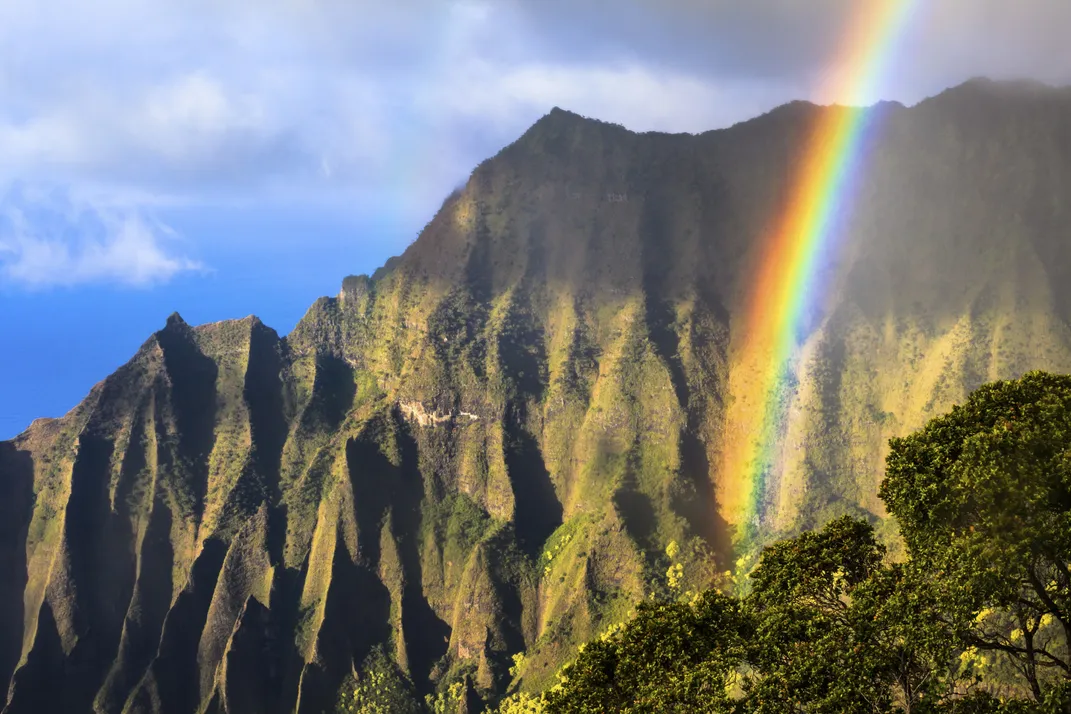
Moviegoers can also relive the dinosaurs’ habitat at Kualoa Ranch, a 4,000-acre working cattle ranch in Oahu, Hawaii, that stretches “from the steep mountain cliffs to the sparkling sea.” The ranch helped provide the setting for Isla Nublar—and bills itself both as a sacred, historic area with varied terrain and as Hollywood’s “Hawaii Backlot.” Visitors can take a 90-minute movie tour or explore the land’s striking rainforests and beaches via horseback, all-terrain vehicle or hiking.
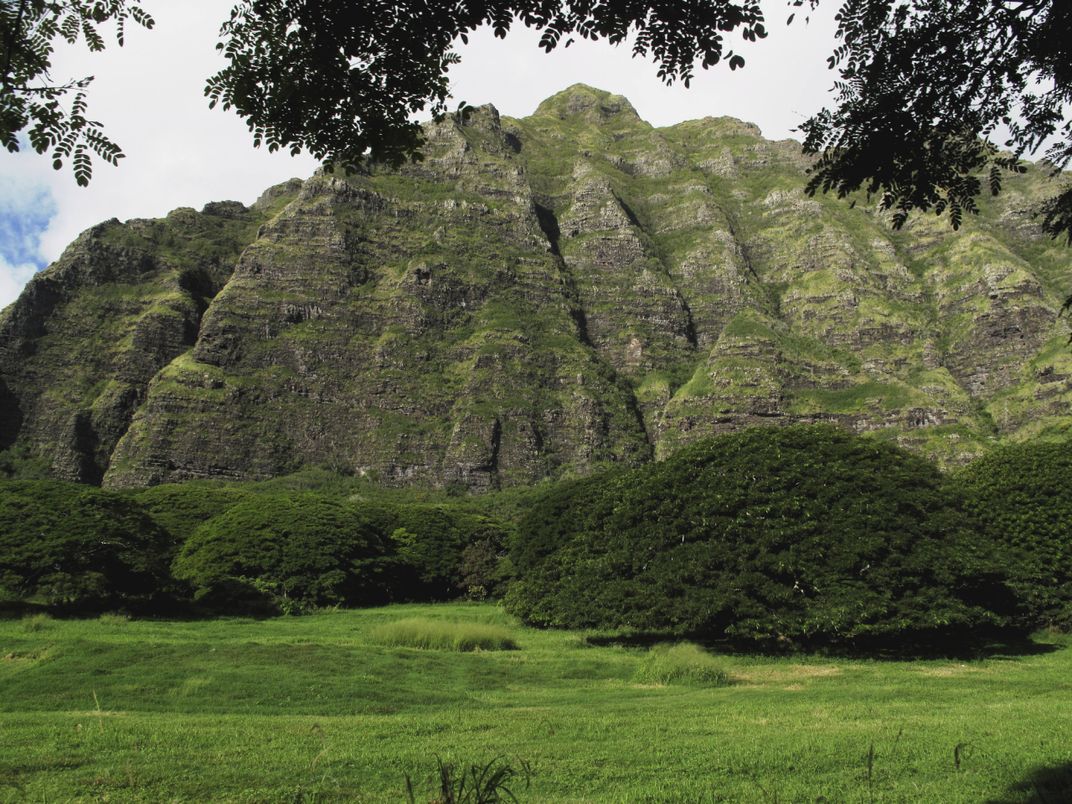
Planning Your Next Trip?
Explore great travel deals
Smithsonian magazine participates in affiliate link advertising programs. If you purchase an item through these links, we receive a commission.
/https://tf-cmsv2-smithsonianmag-media.s3.amazonaws.com/accounts/headshot/michele-lent-hirsch.jpg)
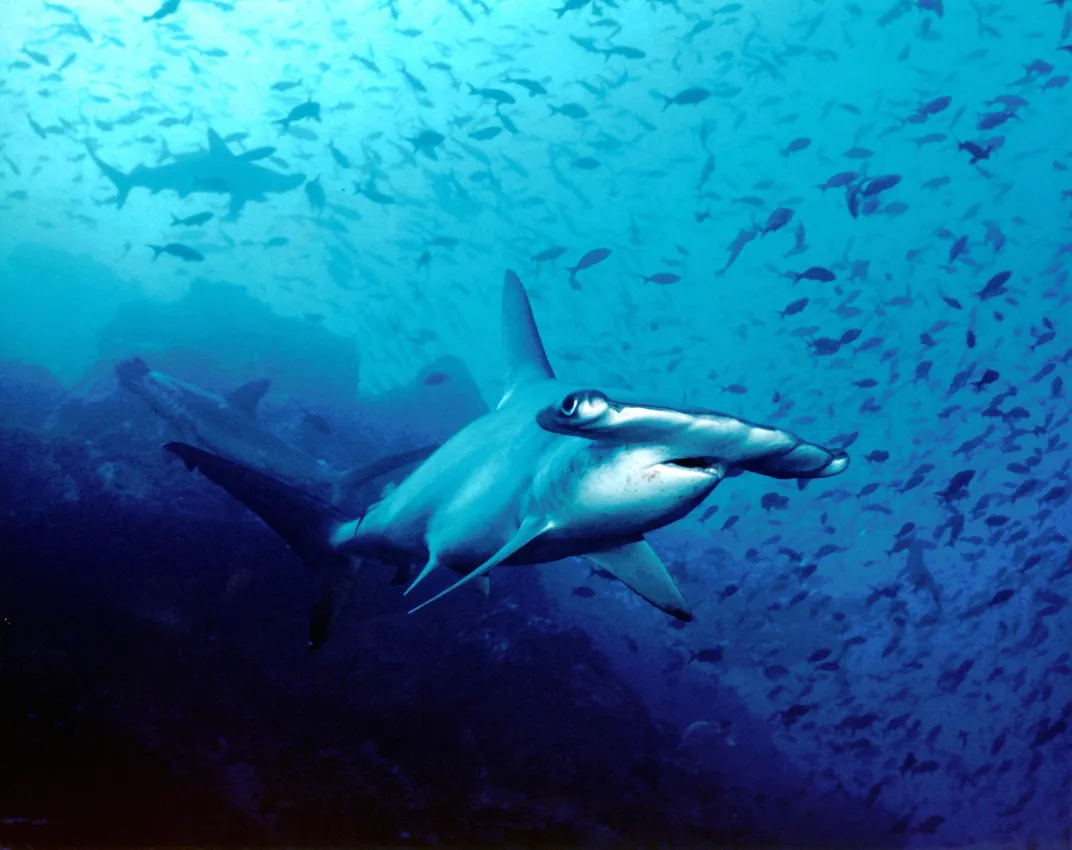
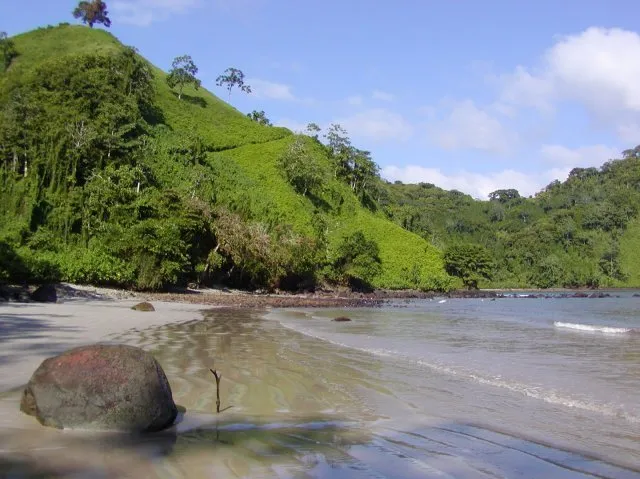
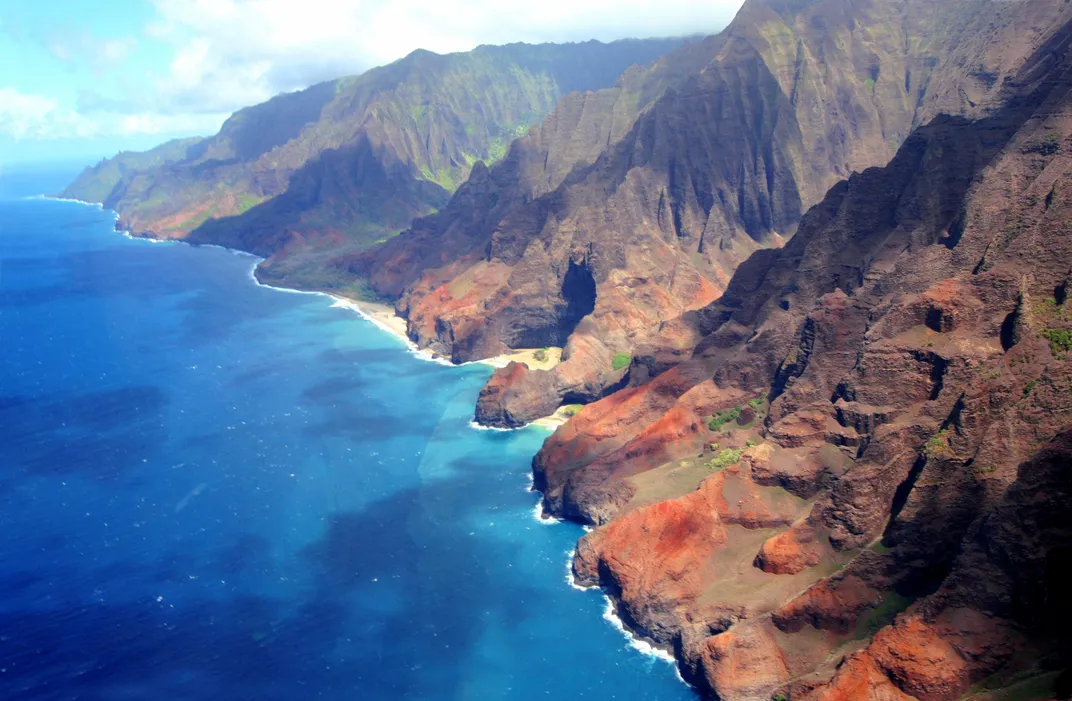
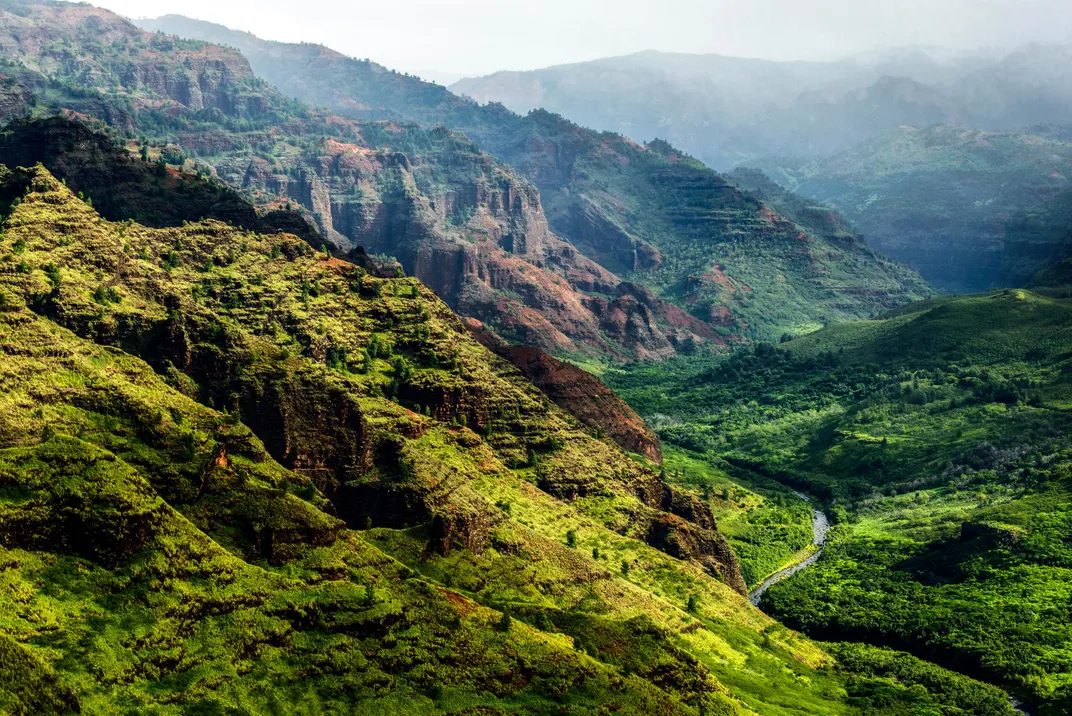
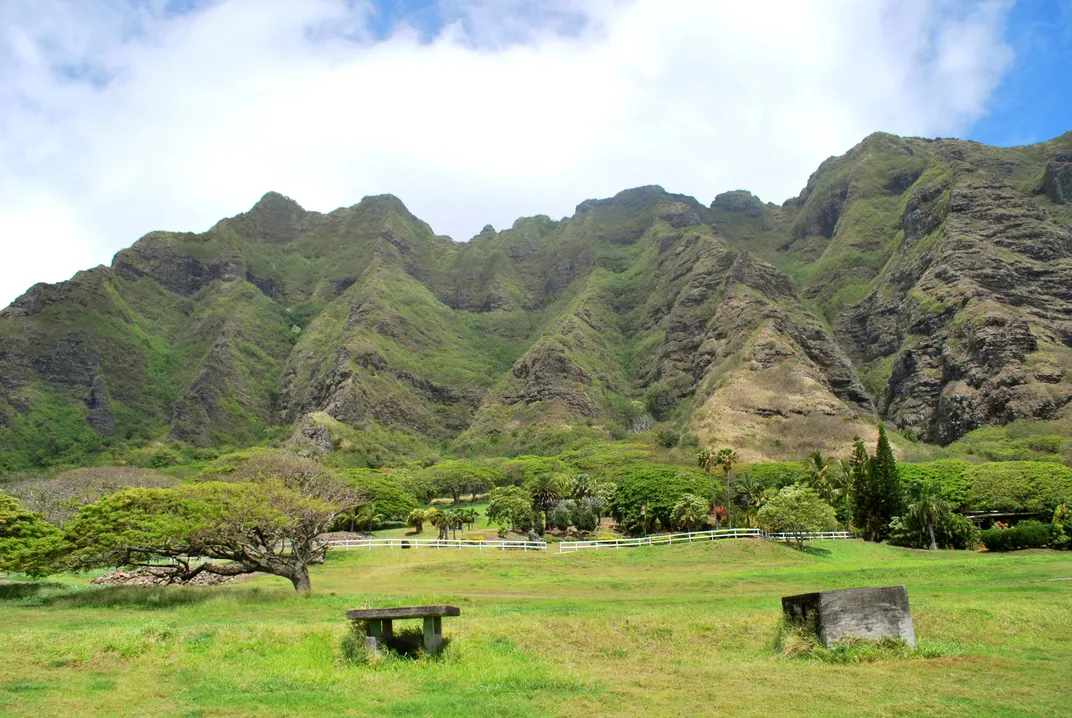
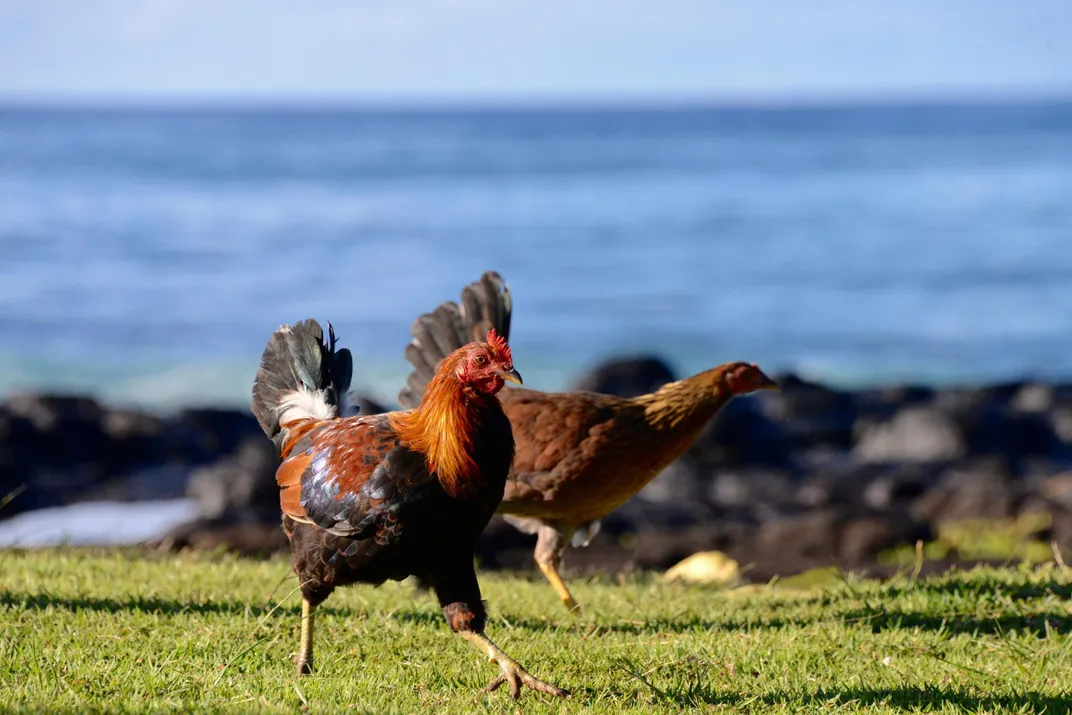
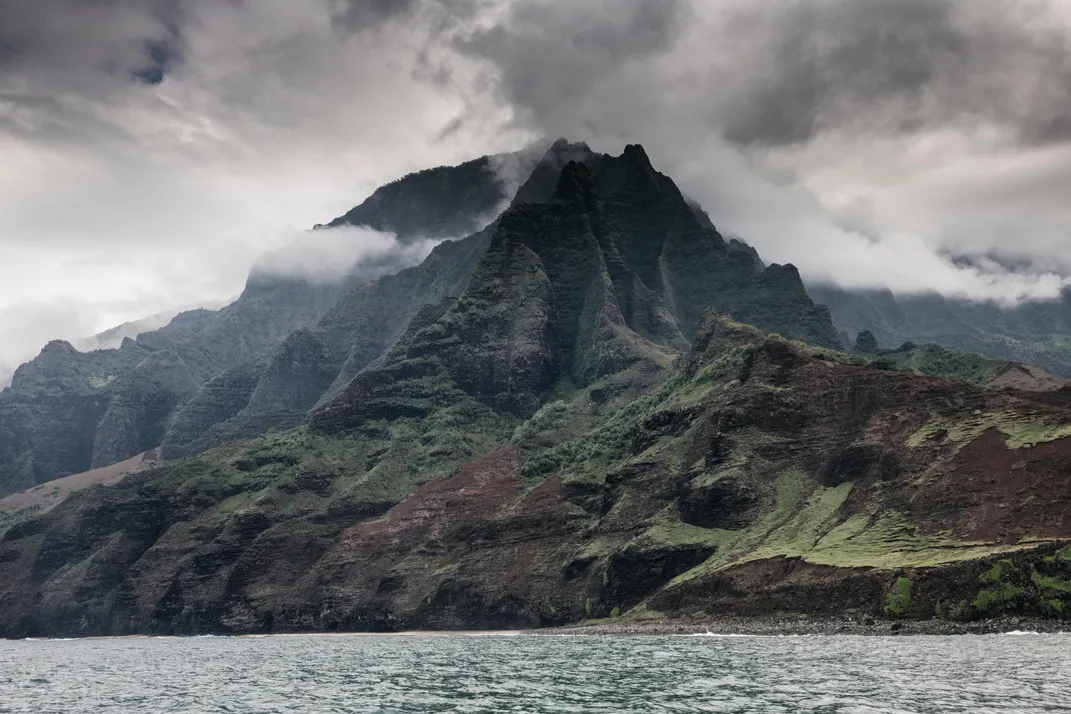
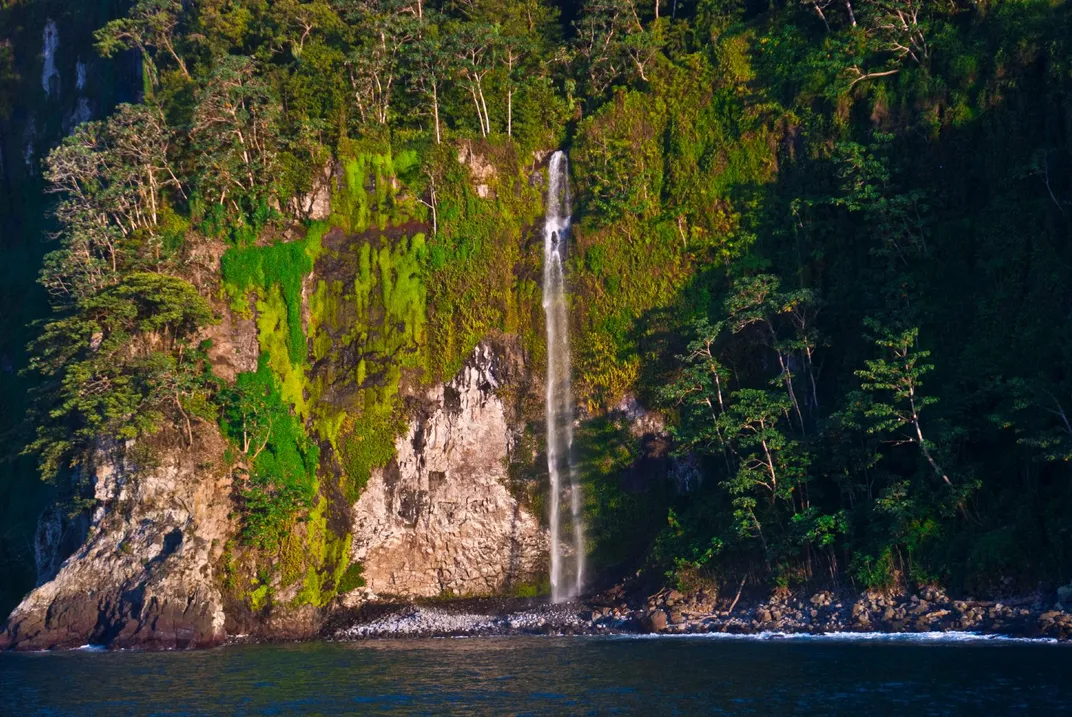
/https://tf-cmsv2-smithsonianmag-media.s3.amazonaws.com/accounts/headshot/michele-lent-hirsch.jpg)